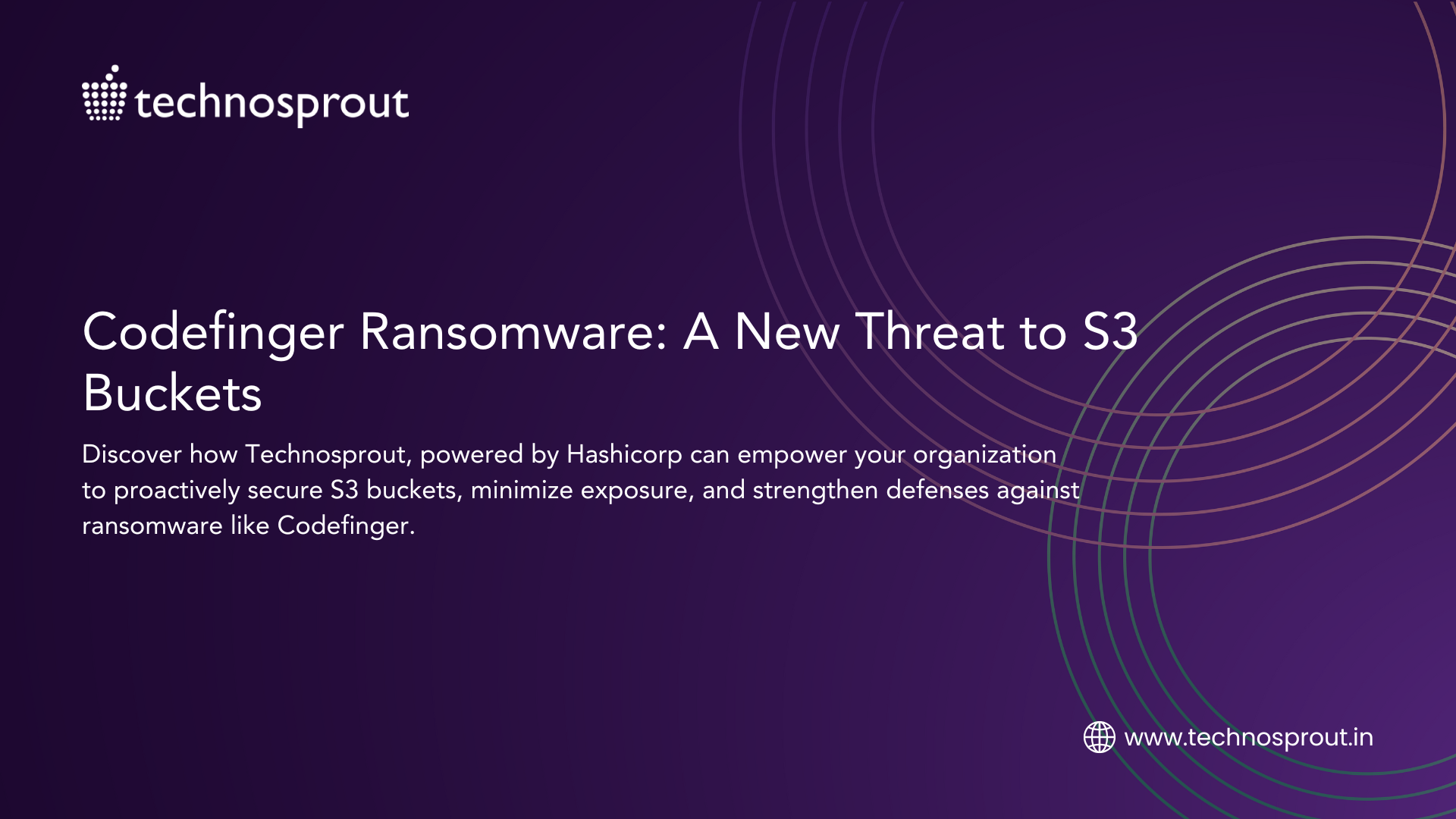In the past year, the pace of technological advancements and adoption has reached unprecedented levels, introducing new challenges and reshaping the cybersecurity threat landscape. As new types of identities and environments emerge, so do novel attack methods, complicating the threat landscape and diverting focus from traditional risk reduction strategies.
The CyberArk 2024 Identity Security Threat Landscape Report, based on a survey of 2,400 identity-related cybersecurity experts and decision-makers across 18 countries, highlights the growing challenges that organizations face. With 93% of respondents reporting two or more breaches caused by identity-related attacks, the urgency to bolster defenses has never been greater. These organizations are also bracing for a surge in identities, projecting a 2.4x increase in the next year alone, which could exacerbate existing vulnerabilities.
In this article, we explore the findings from the report and discuss the key trends that are shaping the cybersecurity landscape in 2024.
The Growing Threat of AI-Augmented Cyberattacks
The integration of Generative AI (GenAI) by both organizations and threat actors is transforming the cyber threat landscape. GenAI has the potential to significantly enhance security, but it also enables cybercriminals to launch more sophisticated and targeted attacks. According to the report, 99% of organizations are already utilizing AI-powered tools for cybersecurity. Unfortunately, cybercriminals are keeping pace, using GenAI to scale phishing attacks, develop AI-augmented malware, and bypass traditional security defenses.
The report found that 93% of organizations expect to experience an increase in AI-augmented cyberattacks. In the past 12 months, nine out of 10 organizations faced breaches due to phishing or voice phishing (vishing) attacks. With the ability to create convincing deepfake videos and audio content, GenAI is making it harder for organizations to identify fake interactions and mitigate the damage from social engineering attacks.
Despite the escalating threat, over 70% of organizations express confidence in their employees’ ability to identify deepfake content featuring their leaders. This confidence could lead to complacency, as organizations might underestimate the full potential of AI-enabled attacks. The report underscores the need to invest in advanced detection technologies and robust governance frameworks to protect the data models fueling machine intelligence.
Rise of Machine Identities: An Overlooked Risk
A staggering number of machine identities — which include applications, services, and devices that communicate within IT ecosystems — are emerging. Nearly half of the survey respondents anticipate a threefold increase in machine identities over the next 12 months, driven by automation, cloud computing, and digital transformation initiatives. However, the surge in machine identities presents a unique security challenge: they are often under-secured and over-privileged, making them prime targets for cyberattacks.
Despite this risk, the report reveals a troubling trend: 61% of organizations continue to define a “privileged user” solely as a human identity with access to sensitive data, ignoring the privileges held by machine identities. With up to 50% of machine identities having access to sensitive data, this narrow definition leaves organizations vulnerable to attacks that exploit machine-based credentials and permissions.
The growing complexity and lack of oversight around machine identities call for a new approach to privileged access management — one that extends beyond human users to include machines, applications, and services. Implementing Zero Trust principles and automating machine identity management can help reduce this risk.
Expanding Vendor Ecosystems and the Chain Reaction of Third- and Fourth-Party Risks
As organizations expand their digital ecosystems, they increasingly rely on third- and fourth-party providers, such as cloud service providers (CSPs), SaaS applications, and various service and infrastructure vendors. The report reveals that 84% of organizations plan to work with three or more CSPs in the coming year, and SaaS application usage is expected to grow by 89% annually.
This dependence on external providers introduces new risks. Bad actors often use a “buy one, get one” approach, targeting third- and fourth-party vendors to infiltrate multiple organizations through a single breach. While 91% of respondents are concerned about third-party risks and 83% about fourth-party risks, investment in vendor risk management remains low, highlighting a critical gap in cybersecurity strategy.
Organizations must prioritize vendor risk assessments, strengthen vendor accountability, and extend rigorous security controls to all external providers to mitigate the cascading risks of third- and fourth-party breaches.
The Accumulation of Cyber Debt and the ‘Shiny Object’ Syndrome
Many organizations are falling into the trap of accumulating cyber debt by adopting new technologies without addressing existing vulnerabilities. This reactive approach leads to a disjointed security posture, where foundational security gaps remain unresolved, despite investments in advanced tools. According to the report, social engineering attacks like phishing and vishing are still highly effective, contributing to breaches and significant financial losses for nine out of 10 organizations.
To avoid the pitfalls of cyber debt, organizations need to strike a balance between implementing foundational controls and adopting new technologies. A consistent approach to risk management, supported by comprehensive visibility across all identities and environments, can help organizations avoid the allure of “shiny objects” while effectively managing existing risks.
Identity Security: The Cornerstone of Cyber Resilience
The findings of the CyberArk 2024 Identity Security Threat Landscape Report reinforce a critical message: identity security is central to a robust cybersecurity posture. As cyber threats continue to evolve, securing every identity — human and machine — across the entire IT ecosystem is paramount.
This requires a proactive and collaborative approach to security that extends beyond immediate colleagues to encompass third- and fourth-party providers. By embracing identity security as a core component of their cybersecurity strategy, organizations can strengthen their defenses, reduce risk, and build resilience against future threats.
How does Technosprout help organizations?
The CyberArk 2024 Identity Security Threat Landscape Report offers comprehensive insights into the latest trends, challenges, and strategies for navigating the rapidly changing cybersecurity landscape. By understanding the evolving threat landscape and adopting a proactive approach to identity security, organizations can protect themselves against the increasing risk of identity-related cyberattacks and ensure a secure digital future.
Amidst a myriad of MSSP options in the market, why opt for Technosprout? How can we help? What sets us apart?
Achieving cyber confidence begins with a solid strategy and governance. Technosprout leverages an “Assess, Design, Implement and Manage” four-pronged approach that leads organizations methodically through business transformation throughout the lifecycle.
Our managed security services provide customized, comprehensive solutions, addressing specific business needs strategically along with the best certified experts and an experience of 7+ years in the market.
Don’t let your organization be the next target. Empower your organization and secure your Identities. We help implement and manage your Identity Security Game with CyberArk for complete risk mitigation. Strengthen your Identity with CyberArk Identity Access Management solutions and Technosprout Managed Services.





